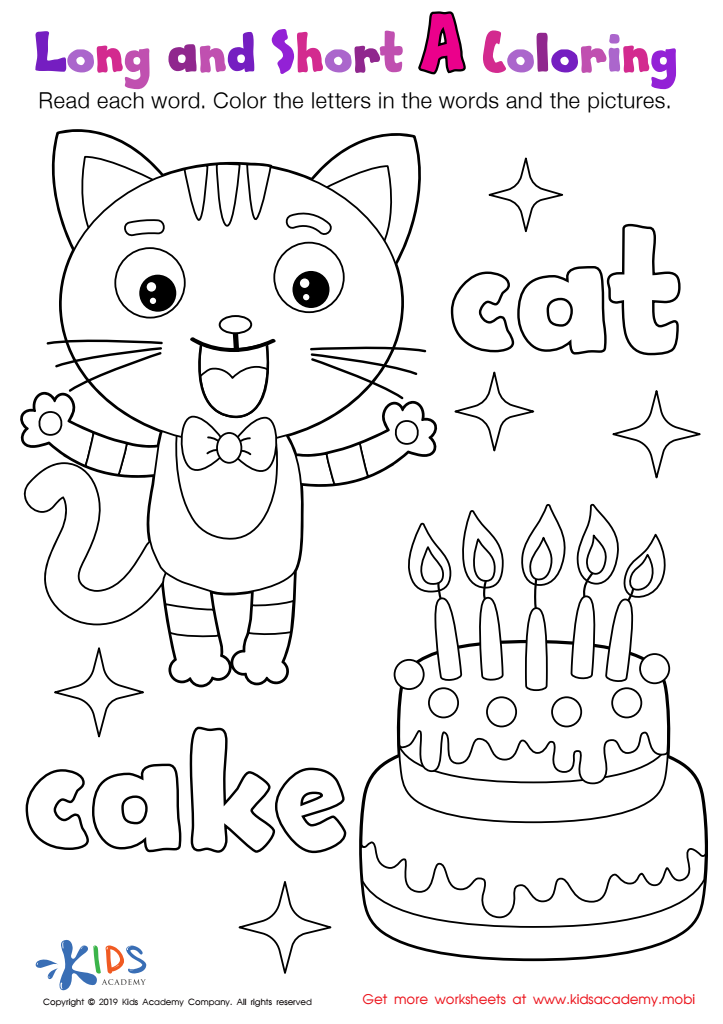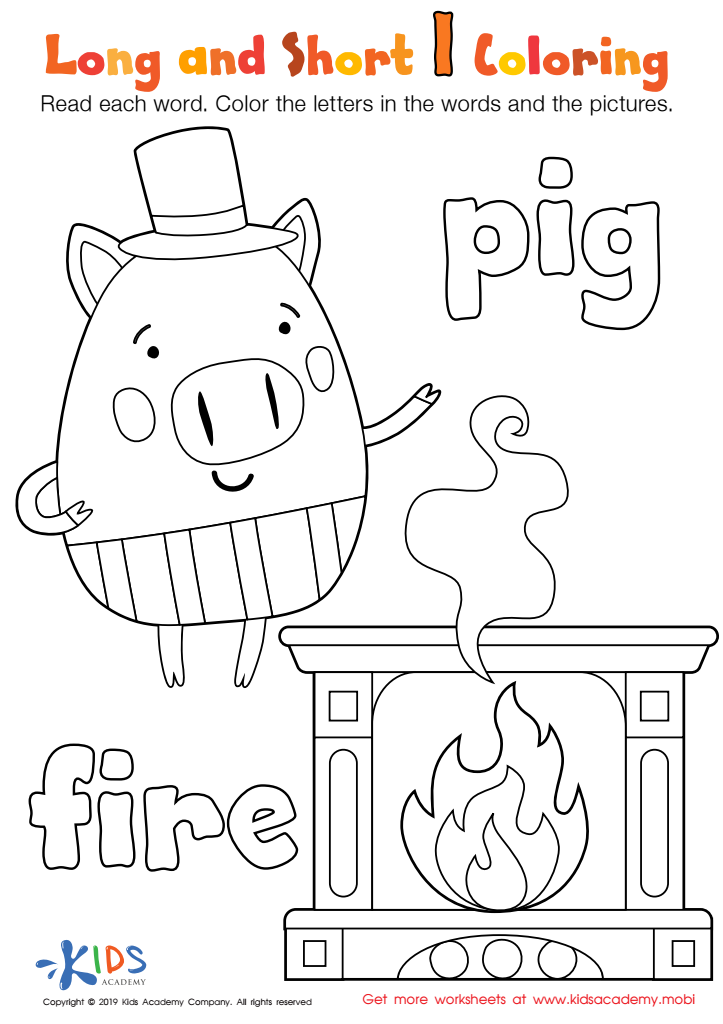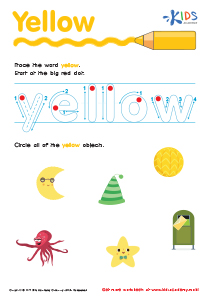Normal Vocabulary Coloring Pages Worksheets for Ages 4-8
5 filtered results
-
From - To
Unlock creative learning with our Normal Vocabulary Coloring Pages for ages 4-8! Perfect for young learners and ESL students, these engaging worksheets combine the joy of coloring with vocabulary building. Each page features themed words and charming illustrations, making language learning fun and interactive. Our materials support fine motor skills and word recognition, tailoring to children’s early educational needs. Whether enhancing classroom learning or supplementing at-home practice, these coloring pages are an ideal resource to nurture language development and artistic expression. Help your child explore words and unleash their creativity with our vibrant, educational designs.


Long and Short A Worksheet


Long and Short U Worksheet


Long and Short I Worksheet


Long and Short O Worksheet


Long and Short E Worksheet
Normal vocabulary coloring pages for ages 4-8 are an incredibly valuable tool for both parents and teachers. For young children, vocabulary development is a foundational aspect of learning that directly impacts their listening, speaking, reading, and writing skills. Integrating vocabulary with coloring not only makes learning fun but also highly effective.
Firstly, coloring engages children in a hands-on activity that makes them more receptive to new information. While coloring images related to words, children are more likely to remember the vocabulary because they are actively participating rather than passively receiving information. This multisensory approach to learning aids in better retention and comprehension.
Secondly, vocabulary coloring pages encourage creativity while simultaneously teaching new words. When children pair coloring with learning new vocabulary, they also develop fine motor skills, hand-eye coordination, and focus. These skills are essential for early learners and aid in overall cognitive development.
Moreover, these coloring pages often incorporate themes and contexts, helping children understand the use of words in everyday situations, enhancing their pragmatic knowledge. This form of learning feels like play, which is especially crucial for children ages 4-8 who learn best through playful, engaging activities.
In essence, normal vocabulary coloring pages offer a delightful, enriching learning experience that parents and teachers should utilize to foster educational and developmental growth in young children.
 Assign to My Students
Assign to My Students










